I have 255 monthly (~21 years) returns of financial asset that ranges from -22.25% to +18.09%. I am using the code from Fitting empirical distribution to theoretical ones with Scipy (Python)? to fit the data into distribution and generate random numbers.
This is the histogram of the data. I believe the code above tries to fit data into distribution using MLE (maximum likelihood estimation) and there are about 88 different distributions in the list. My question is that, for example, burr distribution is positive random variable only (https://en.wikipedia.org/wiki/Burr_distribution, https://docs.scipy.org/doc/scipy/reference/generated/scipy.stats.burr.html).
But when I fit the distribution, get the parameters and make PDF, I get the following result:

which the distribution has both positive and negative values.
To be honest, I don't think I fully understand the code and the implications of fitting distributions. Why would a distribution that is supposed to fit positive values only also fit negative values?

